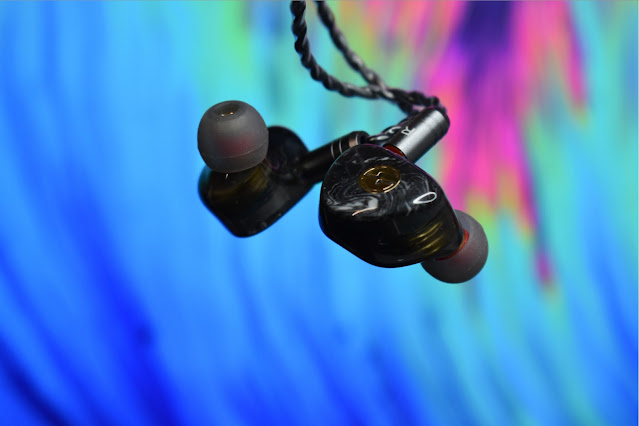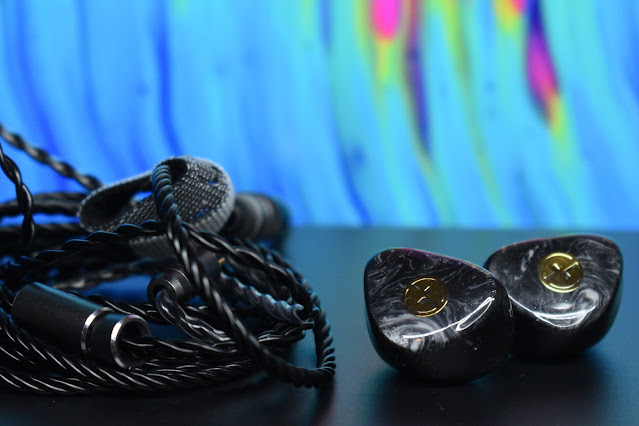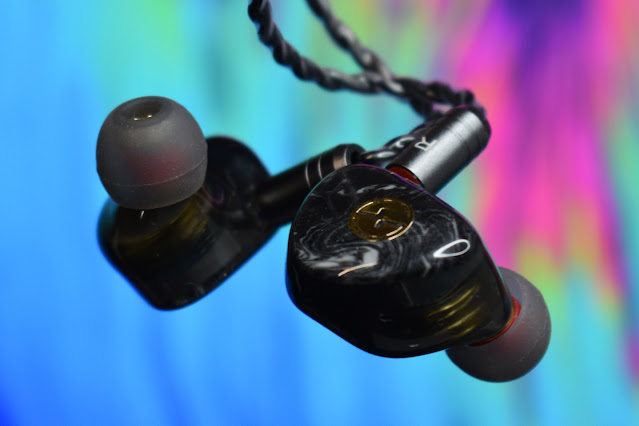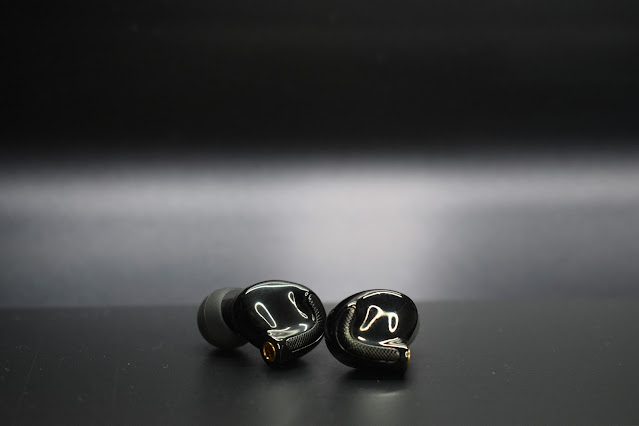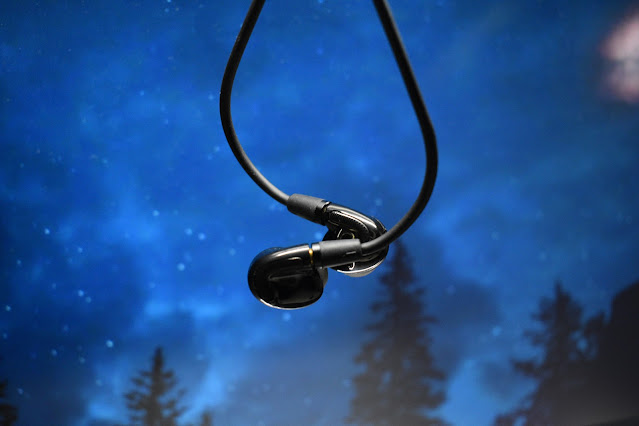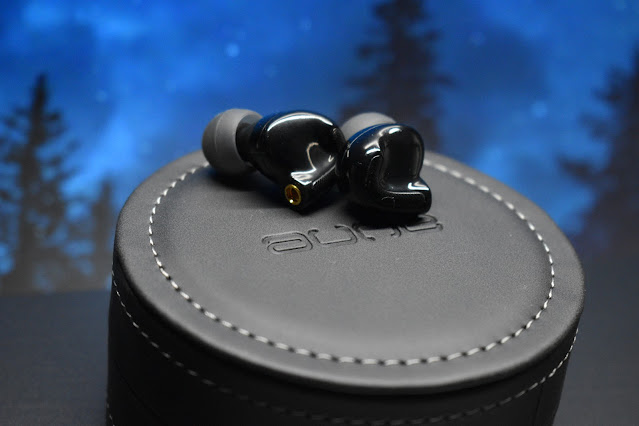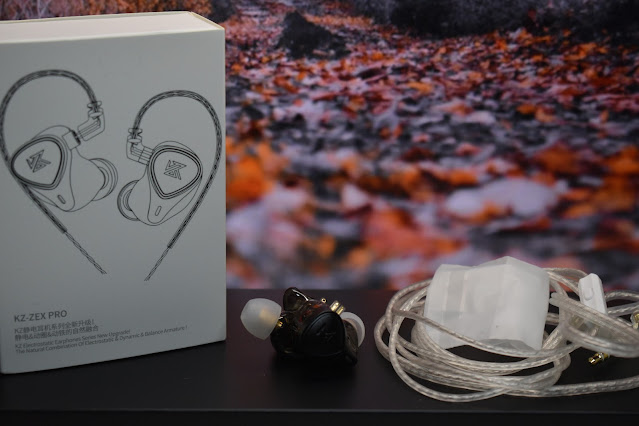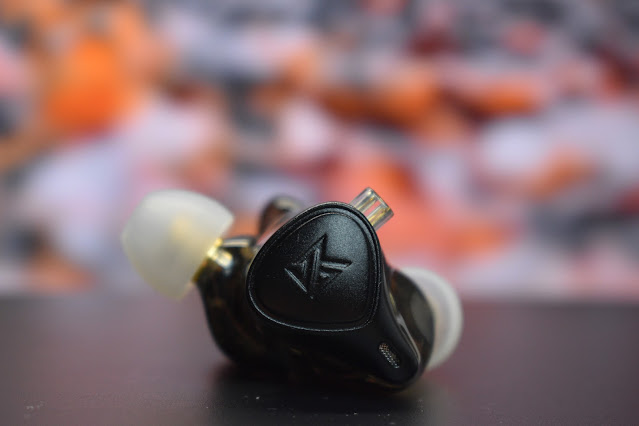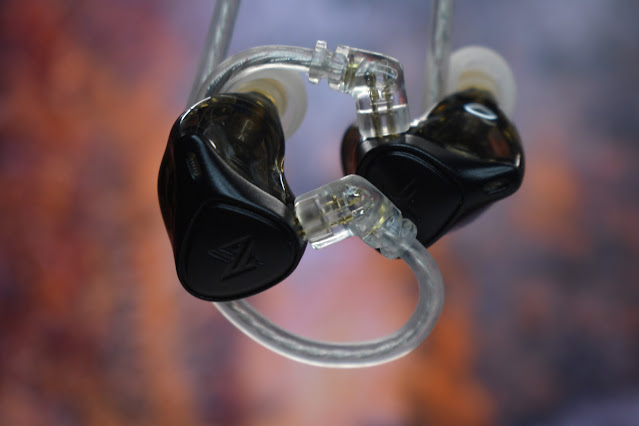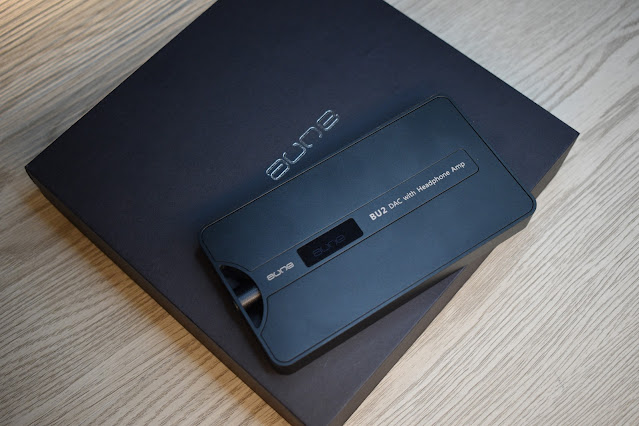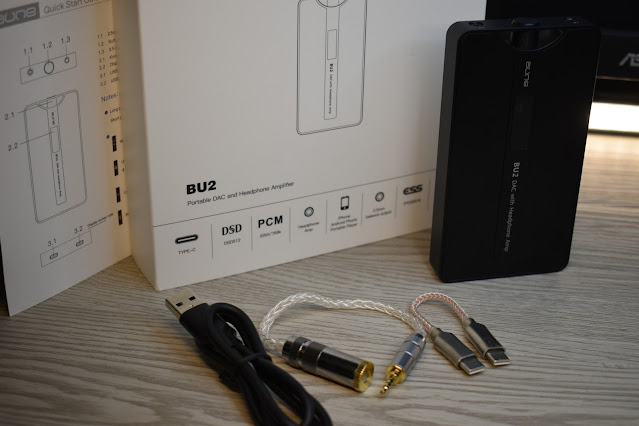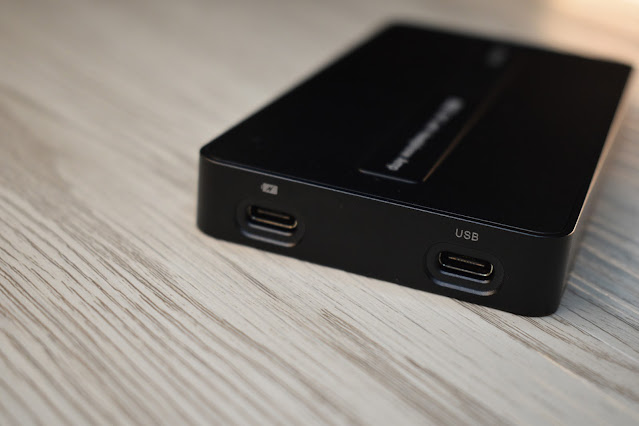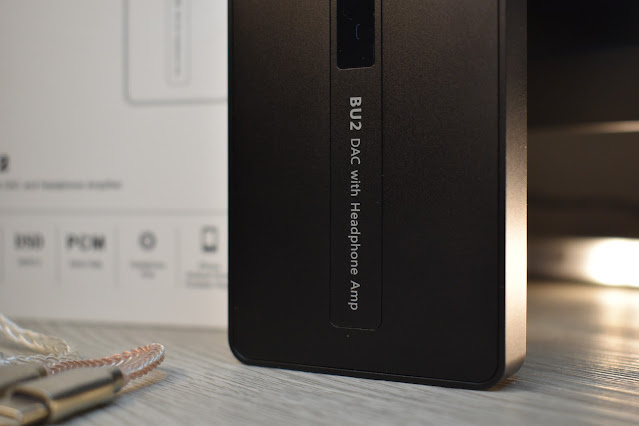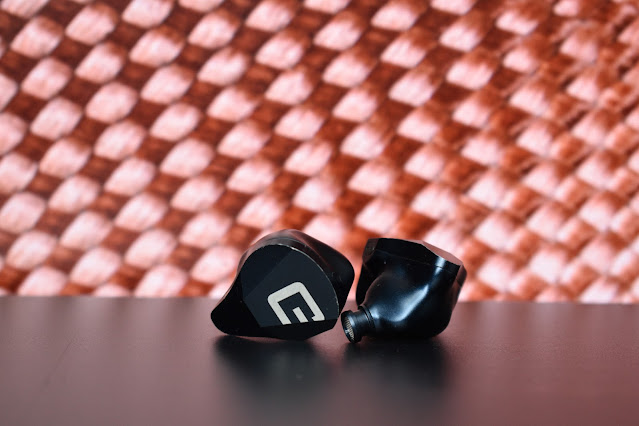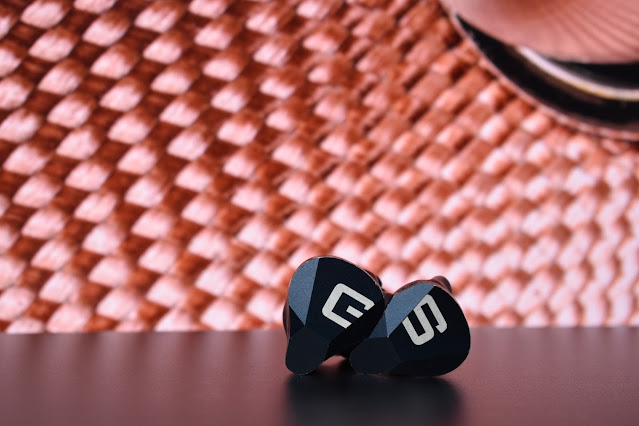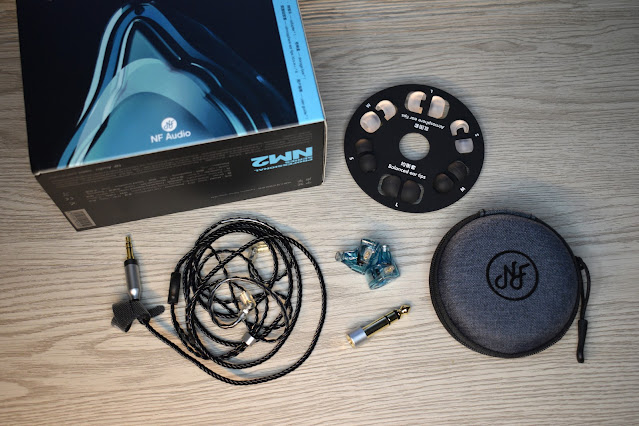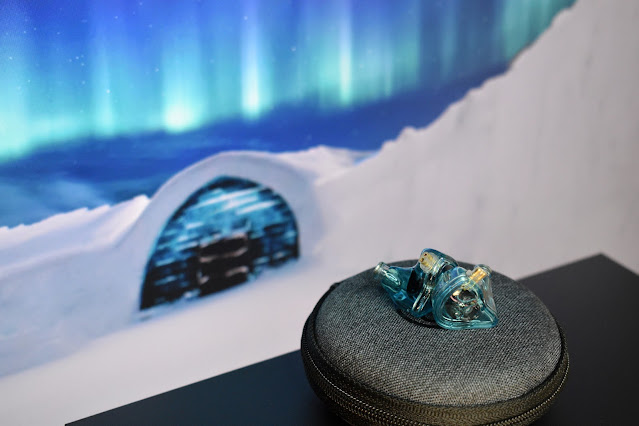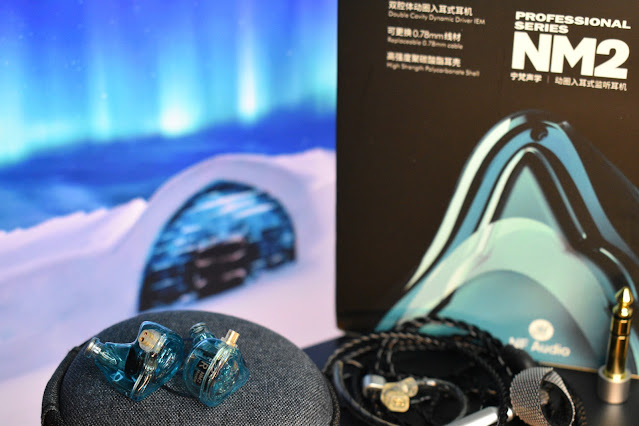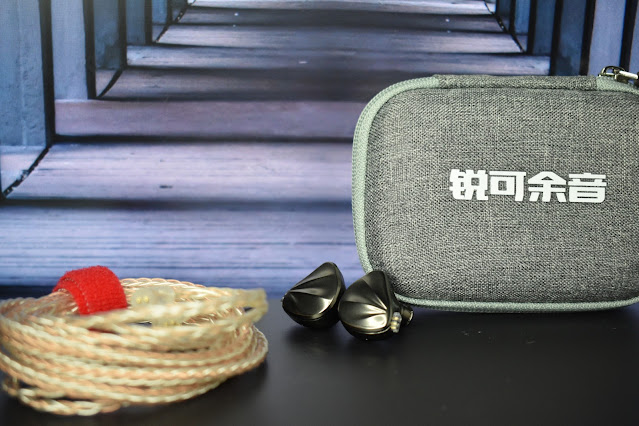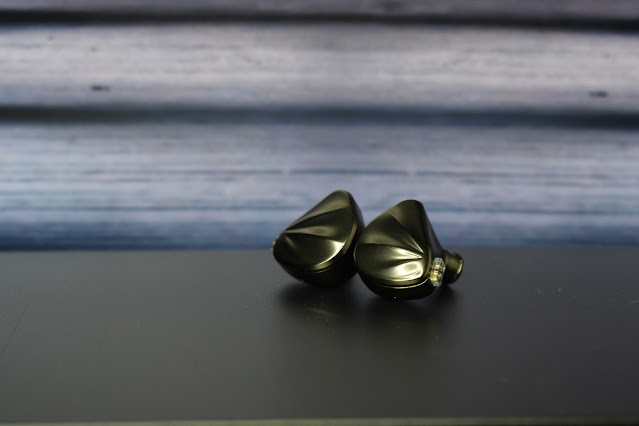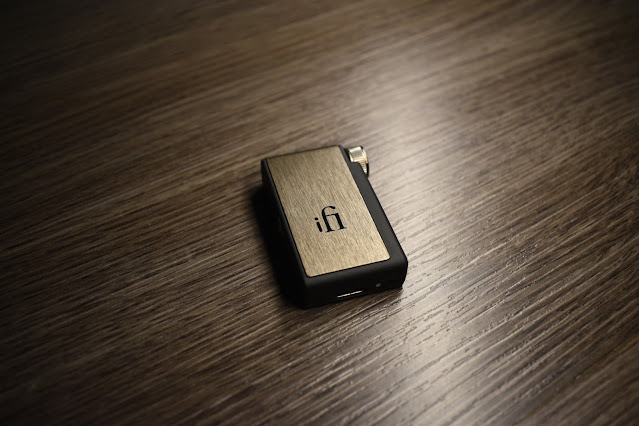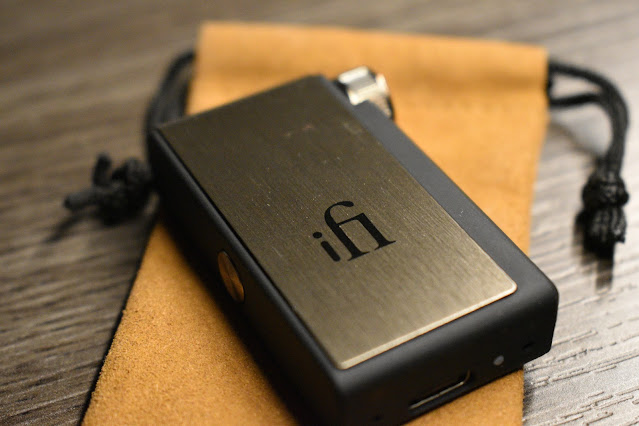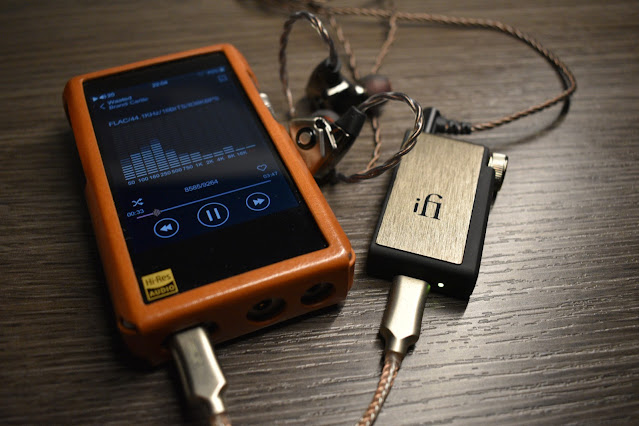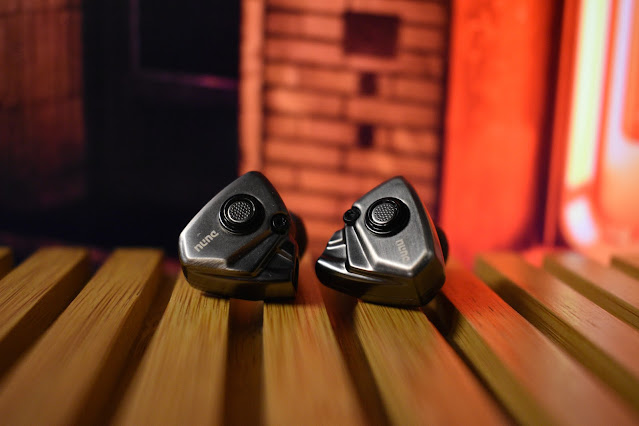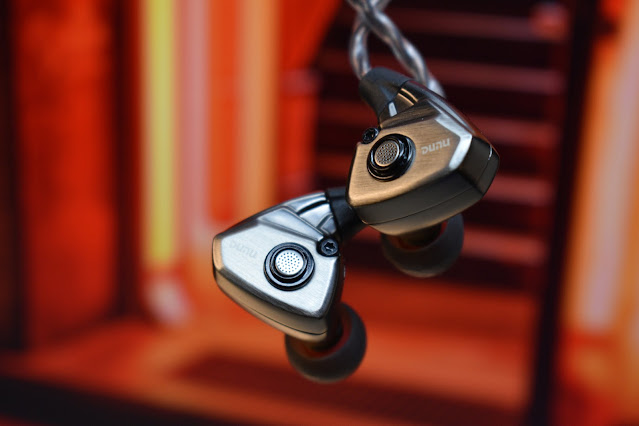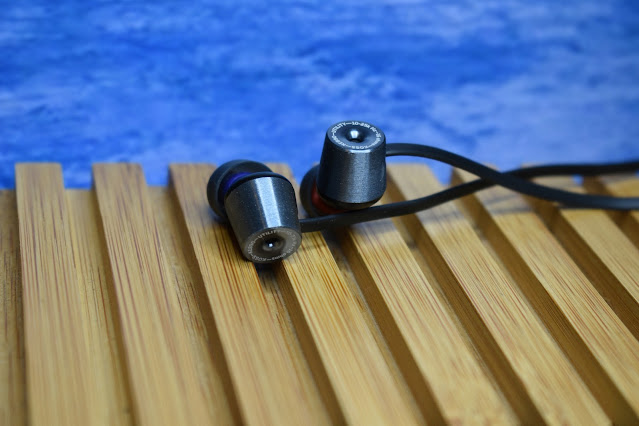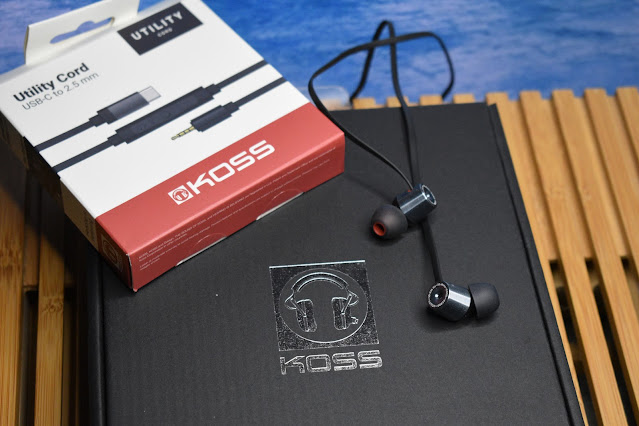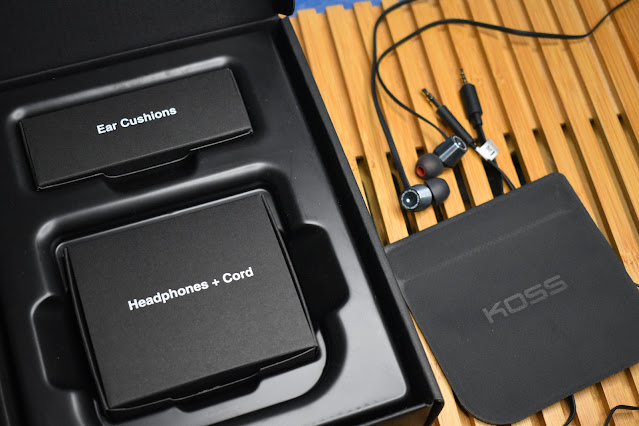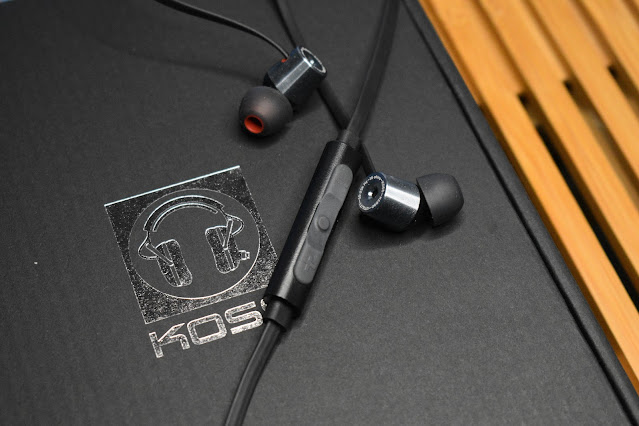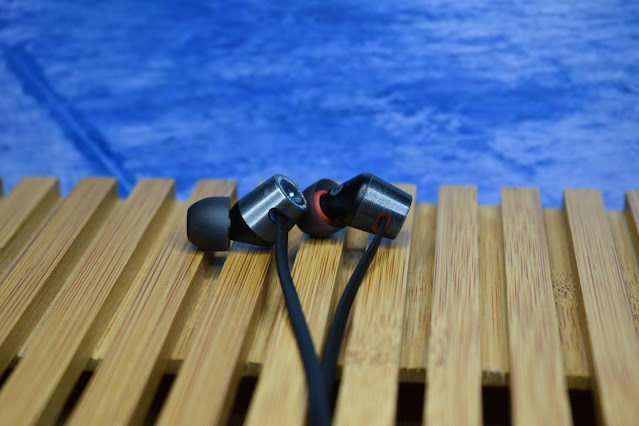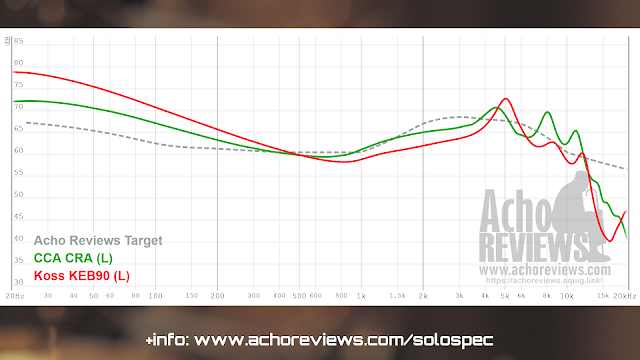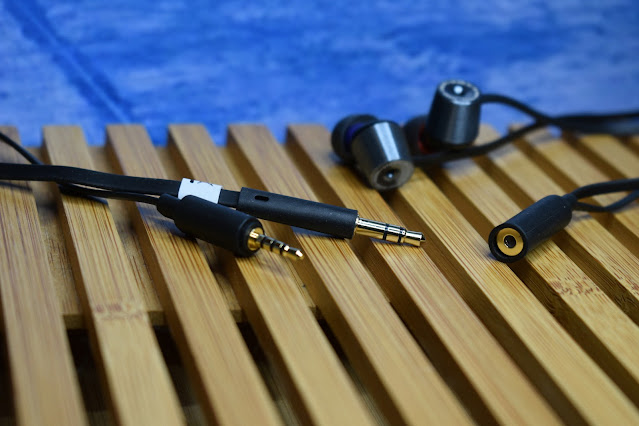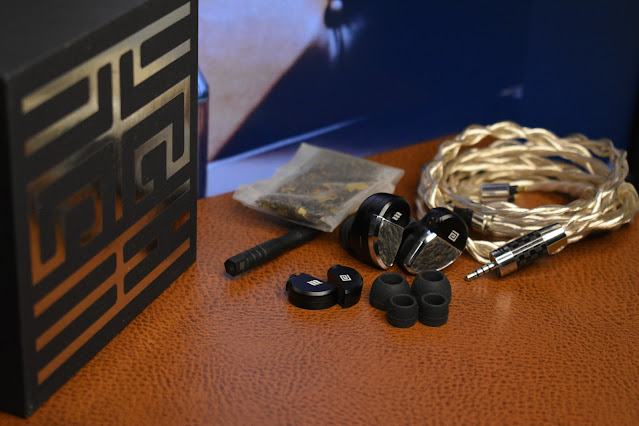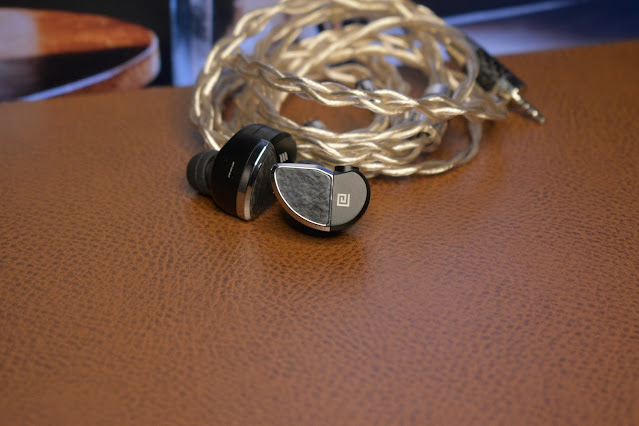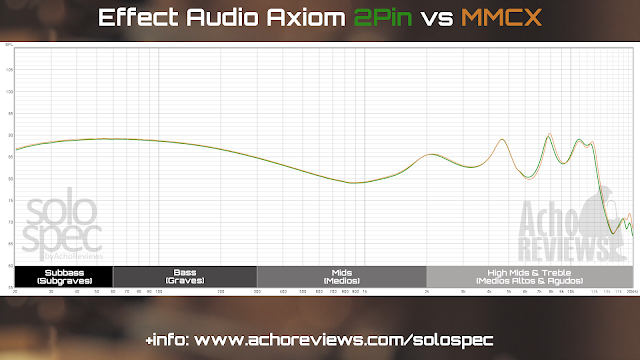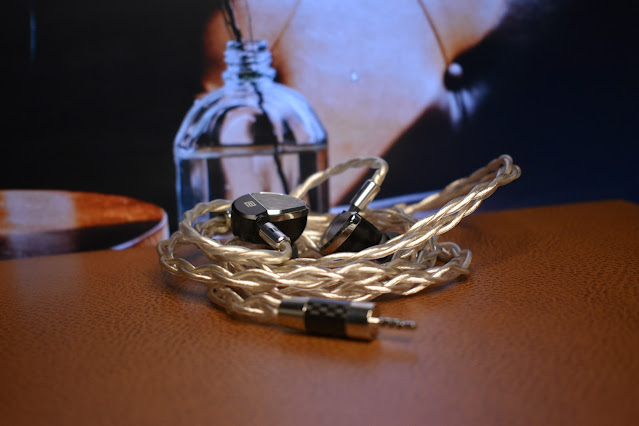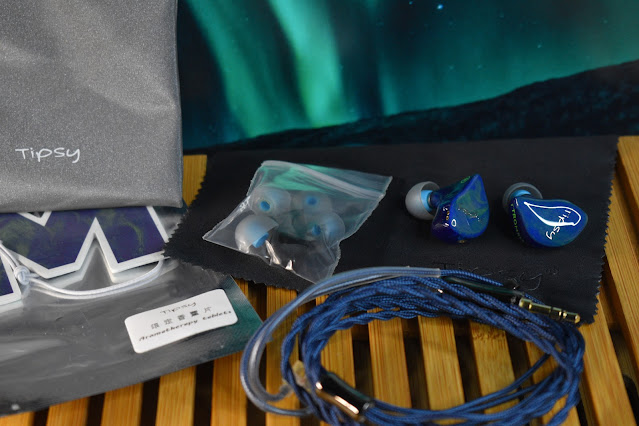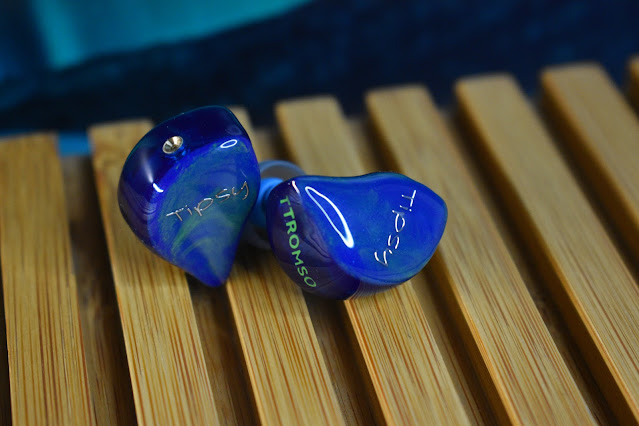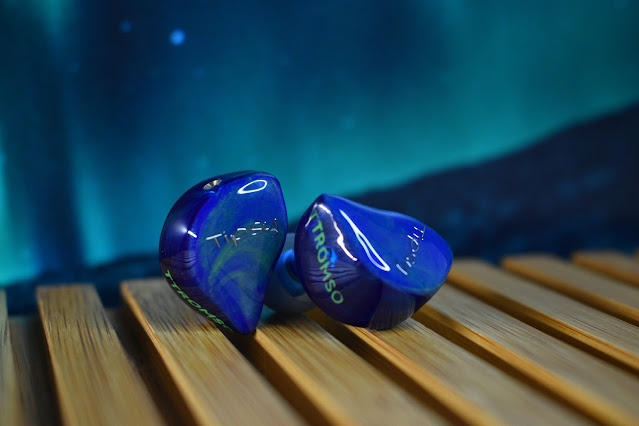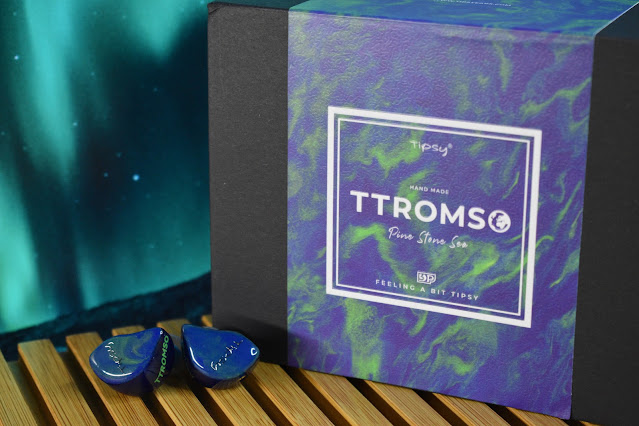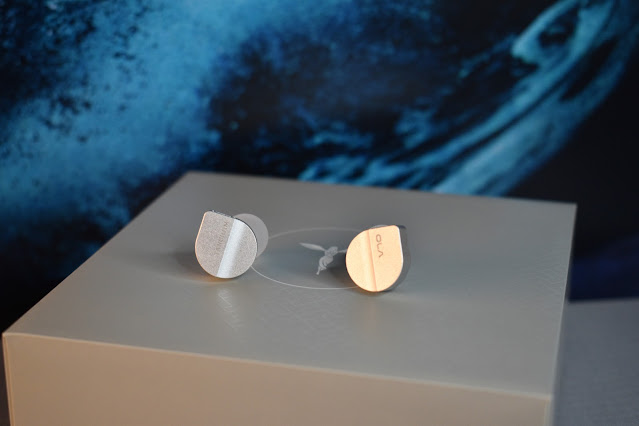Tin Hifi T3 Plus
(just in case you haven’t read any of the reviews above this one, the following is also available in Spanish on my blog and on YouTube, links at the end of the review
The Tin T3 Plus have been sent to me by HifiGo in exchange for this review. The only thing that they have requested is that I leave links to the T3+ on their site and via Amazon, which I will do as usual. Other than that, they haven’t requested anything in particular and my review will attempt to be as honest and unbiased as possible, but as I always say, it is good to take into consideration that these IEMs have not cost me anything.
As normal, I will not post purchase links outside my web and channel, even though none of the liks are affiliate. So to see the direct links to the T3+ on HifiGo, please visit the version posted on my blog.
Preamble…
Before I get on with the review, I want to mention that I have actually received 2 sets of T3 Plus, one from HifiGo, which is the set I am reviewing, and a second set direct from Tin Hifi, who have donated the set to be given away on Acho Reviews. Check the blog or YouTube channel in the next few days to find out how to win these.
Intro…
The Tin Hifi T3 Plus, which I will just call T3+ from now on, are the latest release from a company that has a well established name in the IEM world, especially in the economical ranges.
My first introduction to Tin Hifi was the T2, which I believe was the same for many people. It was a fairly neutral set that was very good for its price, I still see it recommended. Since then I have reviewed a couple of their IEMs, although they have released many more than I have reviewed, and the T2 Plus, which I reviewed last year, was my main recommendation for a sub 50€ set for quite a while. In fact, I think it is still a great set of IEMs for the price.
I didn’t get to try the original T3, released back in 2019 I believe, but I remember it receiving its fair share of praise, so when I was offered the T3+ for review, I was of course happy to take a listen.
Presentation…
The T3+ arrives in a simple white box, the same as previous models I have seen from them, and inside this we find a grey box with a lift of lid and a felt covered interior. The IEMs sit in a cutout with a small white box underneath containing the accessories. Underneath the lid, which is also felt covered, there are a couple of ribbons that hold the user manual and warranty card.
Inside the smaller accessory box we get a cable, various spare silicone tips and a small cloth carrying bag with the Tin Hifi Logo.
The presentation is nothing out of the ordinary but as I always say, with economical IEMs I prefer to see that a large percentage of the budget has not been destined to packaging and accessories.
Build and aesthetics…
Starting with the IEMs, Tin Hifi has moved away from the usual aesthetics that I automatically associate with the brand, opting for a more generic shaped resin shell, with a very nice grey marble effect on the faceplate and the Tin logo in gold.
These aesthetics do take away some of the instant recognition that the majority of Tin models have, blending in more with many other brands, however, this is a shape that is very comfortable and lightweight, so I am happy with their decision. I also must say that I do like the finish on these, not a boring single colour but also not a bright “look at me” finish.
The shells are dark enough to not allow me to see the insides of them but from the outside they look to be well made. I guess only time will tell but I can’t foresee any specific issues with the build.
The cable is also a simple black cable with a “rope style” weave, or rather wrap, which is very reminiscent of the cable included with the Kinera IEMs that I reviewed earlier this year. However, it has a nice feeling to it and also has connectors and hardware that look to be of good quality and do add an elegant touch to the cable.
One thing that certainly deserves praise, at least from me, is that they have opted for 2 pin connectors instead of MMCX! Yes, I know that the T1 Plus also had 2 pin connectors (which were similar to the ones used by KZ, rather than the flush ones on the T3+) but I am still happy that they are used. In the past I have had issues with MMCX connectors and the Tin T2 were the ones that I had most issues with, so it is nice not to have to worry about that happening on the T3+.
To be honest, I really have no complaints about build or aesthetics with the T3+ and the comfort is very good, although that is obviously something that I can only vouch for with my own ears.
Sound…
My experience with Tin Hifi, along with the many reviews that I have read of their products, lead me to expect a tuning that is more towards the bright side of things, which is not something I hate by the way, but that is not the case with the T3+.
I am not saying this in a negative way, not at all, I just found that upon listening to the T3+ for the first time it presented a smoother and less “bright” signature than my ears were expecting.
It seems that this time Tin have opted for a tuning that is more along the lines of the contenders that it is up against in a similar price bracket (the T3+ comes in around 60€, which is just above the 50€ bracket that I consider “ultra economical” but is still a very reasonable price). The overall signature is more towards that found on things like the Legacy 2 or the Aria. This could be considered more of a “safe” choice from Tin but seeing the praise that things like the Aria get, it is obviously a tuning that works well for many people.
While it is a similar tuning, it is obviously not exactly the same, it does deviate a little, especially in the higher mids and lower treble, but I’ll go through my usual sections to get there.
In the subbass, there is a nice extension but it is not really something I would consider subbass focused. Listening to tracks with plenty of subbass content, such as “Chameleon” (as always) and “Royals”, there is rumble going on, letting you appreciate those lower notes but without it really becoming the center of attention. I can’t say that it lacks subbass for my personal preferences, I could even survive with a little less, but I like the fact that it is not overdone to the point where it takes control of the whole lower end.
Moving into the mid bass, listening to tracks like “Sun is Shining” by Bob Marley & Robin Schultz, “No Sanctuary Here” by Marian Herzog feat Chris Jones, or even things like “All Eyez on Me” by 2Pac or “Still D.R.E”, I find that the bass has plenty of presence for these to be enjoyable. Again, I wouldn’t say that it is overly bassy but I don’t think many people would complain that it has a lack of bass at all (unless they are real bass heads!).
I also find that the bass is also very well controlled and defined. I spent most of Friday at my desk listening to Dance music and I was quite surprised at how well the bass came across, making it very enjoyable. I also don’t have any real complaints about the timbre of the bass, making most instruments sound very natural in their lower ranges, with no lack of warmth. Once more, it is slightly north of neutral but not enough for me to find it offensive or bloated.
Moving into the lower mids, there is no real bleed and I don’t find the bass invading these regions and making them seem bloated. Ok, I have heard better transitions but it is not really something that is worth complaining about as I feel that it is more than adequate for the price bracket it sits in.
The mids themselves do have a bit of a dip in their center, as is to be expected with the tuning that Tin Hifi are aiming for with this set of IEMs. However, the higher mids do have enough presence to bring back vocals and put them back up front. There are a few voices that I have found to seem a little recessed in the mids, mainly those that are located in the lower mids, and also a couple that suffer with the presence in the higher mids, making them take on a little harshness at times. This is not a regular occurance and it is mainly voices that are already known to be harsh, such as Beth in “Don’t You Worry Child”, but they do sort of clash with that extra upper mid presence and can come across a little shouty at times.
Moving into the higher regions, sibilance is something that is kept in check quite well, with only a hint appearing on songs that are usually on the verge anyway. As with the upper mids, it is not something that appears regularly, only on vocals that are already in that zone, but it can show a hint now and again.
As far as details, I find this is probably the weakest point of the T3+. It is not bad, there are details, but it is not as detailed (in my opinion) as something like the T2+. I think a lot of this is due to the tuning that they have opted for with this set, it is certainly not as “in your face” as the T2+. The details are there, within reason, but they don’t jump out at you.
Soundstage and image placement are ok, sort of the average I am used to finding in this price range of IEMs. I guess they could be slightly above average in this regard but the smoothness of the tuning again masks the imaging slightly and makes it not sound quite as impressive as it might have been with a slightly different tuning.
Conclusion…
Tin Hifi have moved towards a tuning on these IEMs that I think will fit well for 90% of those interested in IEMs in this price range. They work well with every source I have tried, they look and feel decent, and the overall sound is quite pleasant.
I feel that they may have lost some of the “Tin” sound along the way, or at least the sound that I personally associate with Tin Hifi, but again, I think that is something that will probably appeal to a larger amount of people.
The negative side to this is that they are suddenly in a bracket with a lot of competition, there are many brands that offer similar sound signatures and performance at prices that are around this mark. I think that the T3+ is a competitive set though and those looking for this kind of tuning should definitely check them out as there really isn’t anything bad about them for the price.
As I mentioned at the beginning, I have another (unopened) set of the T3+ which I will be giving away in the very near future, so, for those who are interested but are not Spanish speaking* , in other words, don’t follow the Acho Reviews YouTube channel, you can follow in English on Twitter (@SenyorC_) and I will let you know when the giveaway is available on the Blog, or, just stay tuned to the Blog over the next few days.
*Shipping restrictions apply for those residing outside Spain
